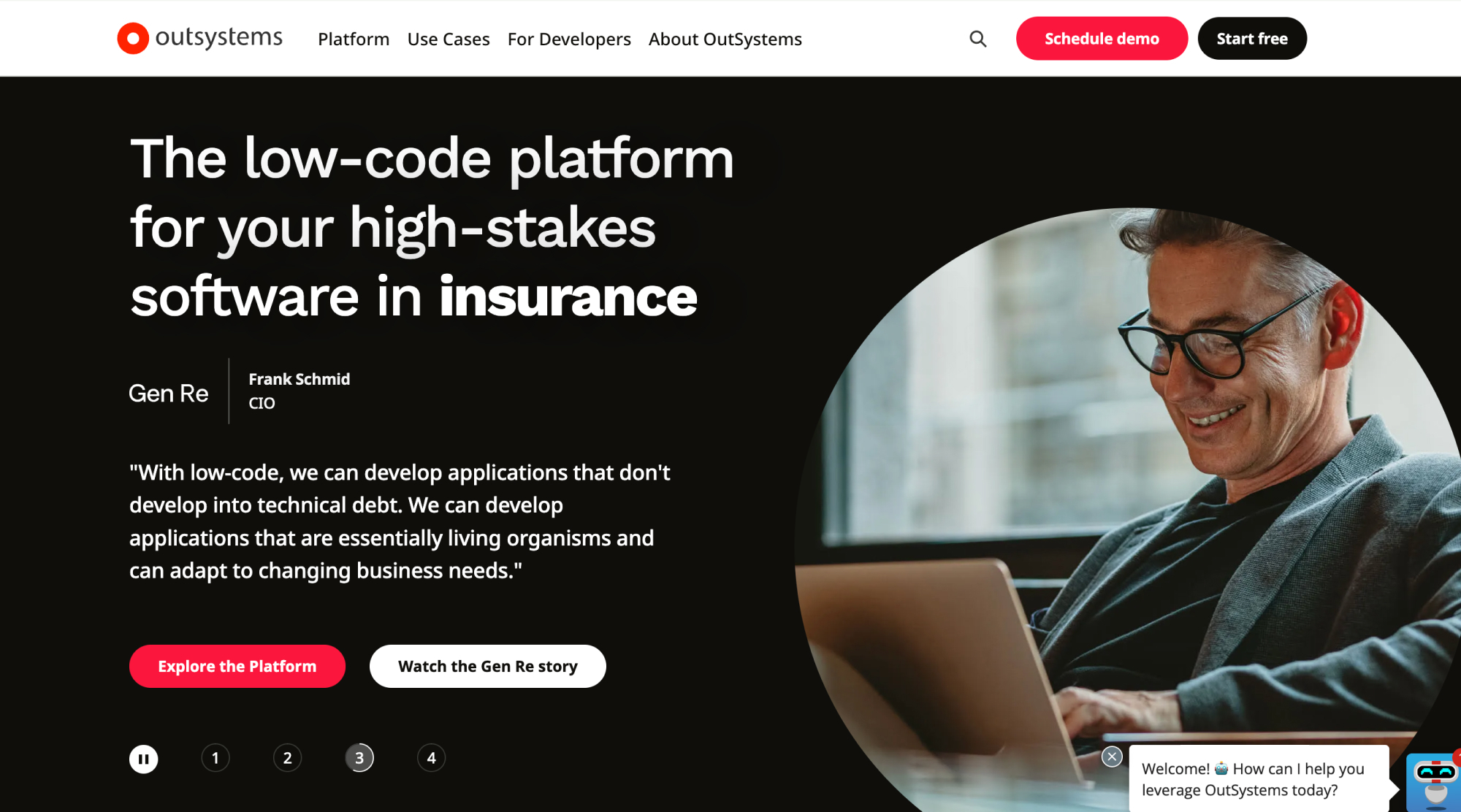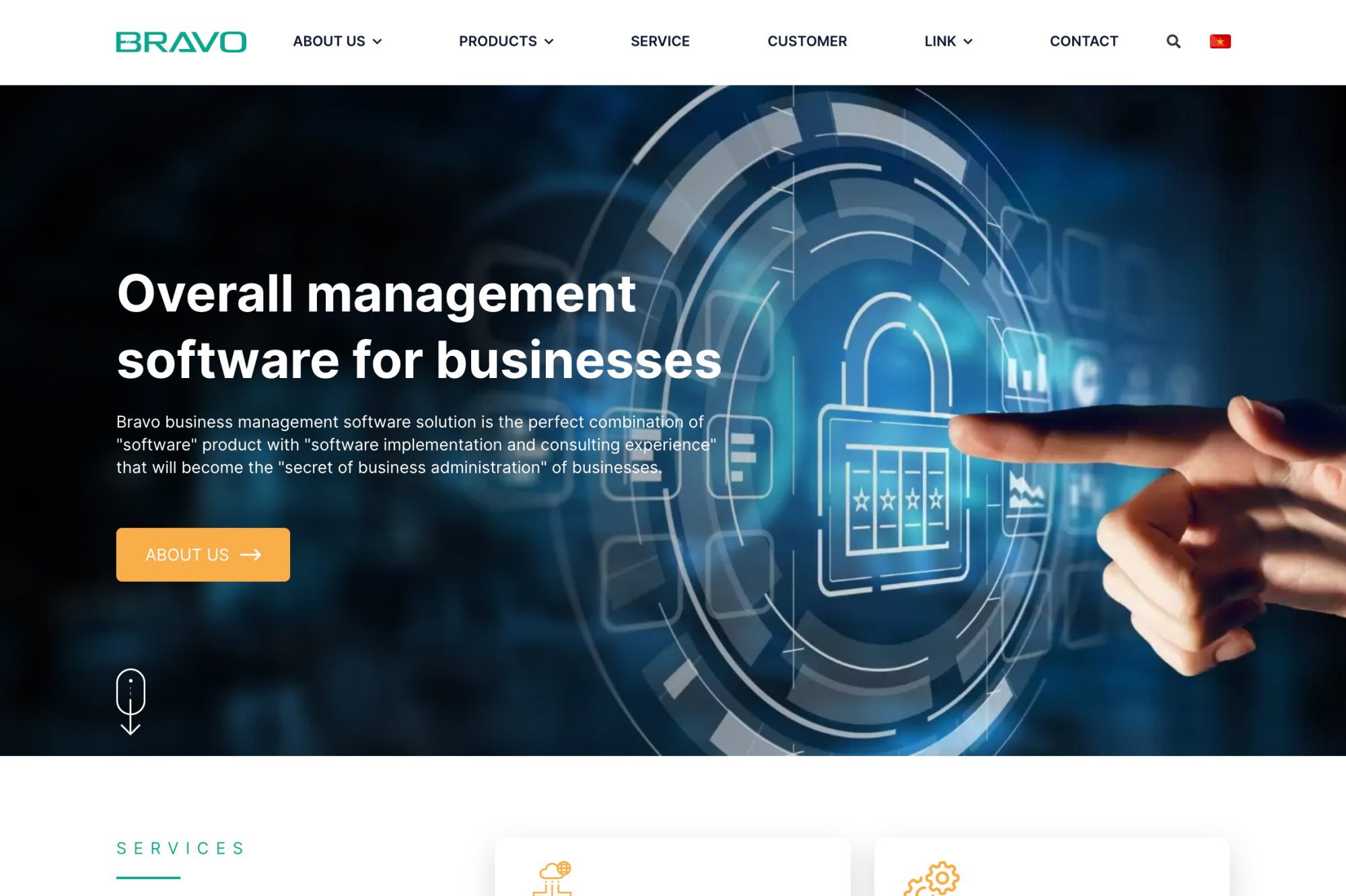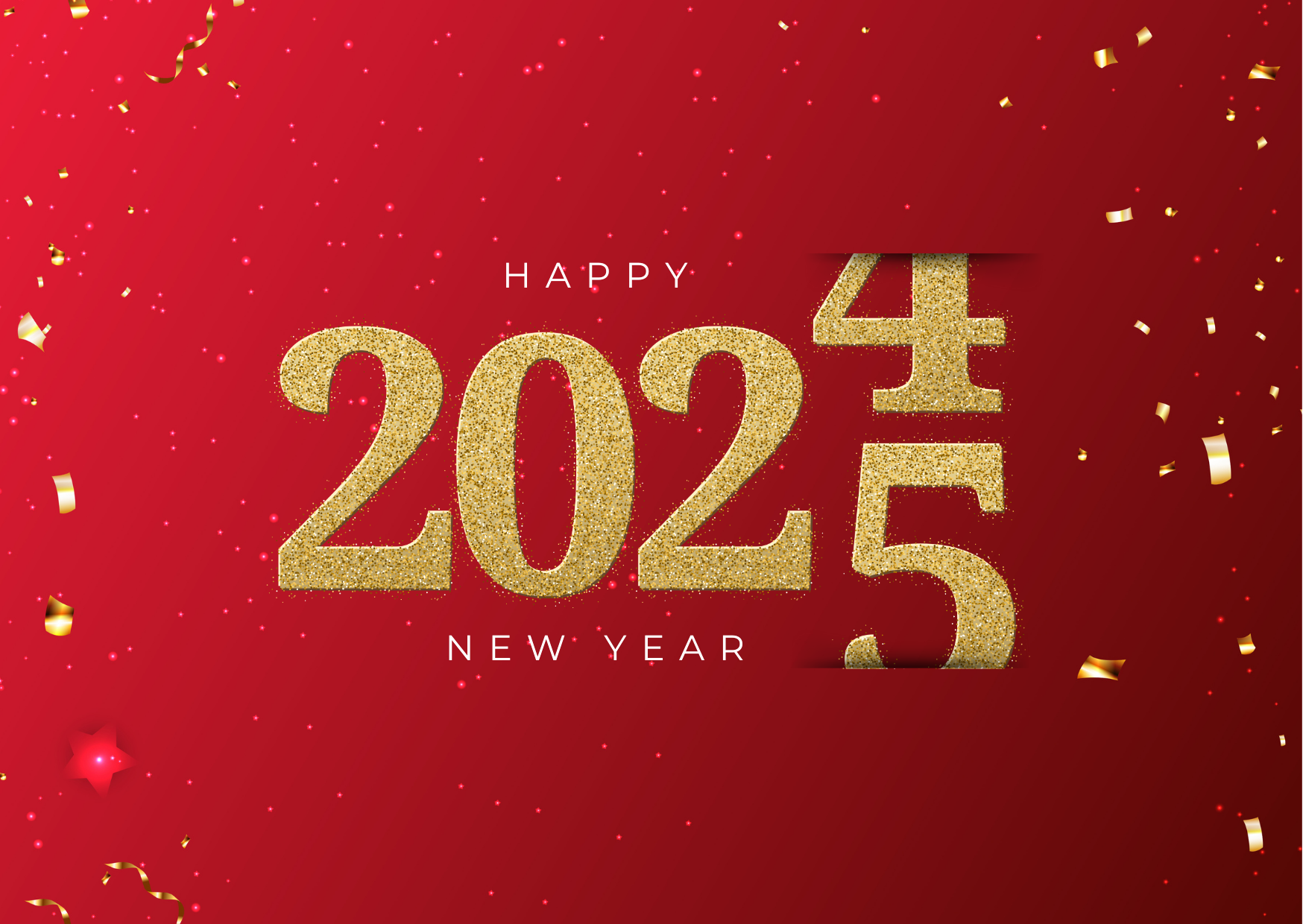The days of needing extensive coding knowledge and months of development to build an app are over. Today, anyone with an idea can bring it to life with the power of no-code platforms. These innovative tools empower businesses and individuals to create custom applications without writing a single line of code.
In this article, we'll dive into the 10 best no-code app-building platforms of 2024. Whether you're a seasoned entrepreneur or a tech-savvy hobbyist, this comprehensive guide will help you find the perfect platform to turn your vision into reality.
Are you ready to embark on your no-code journey?
1. Creatio
Studio Creatio stands out as the best no-code platform, offering a comprehensive and versatile solution for businesses seeking efficient and tailored application development software. Its exceptional customization and configuration capabilities, coupled with an innovative composable architecture, make it adaptable for various industries, workflows, and use cases.
Creatio provides an intuitive and flexible user interface that empowers non-technical users to automate workflows and create applications without writing a single line of code.
The platform's composable architecture includes pre-built reusable components such as actions, buttons, data fields, and forms, which can be dragged and dropped to build new applications. This approach accelerates the development process, allowing users to create powerful business applications and automate complex workflows in hours rather than days or weeks. Besides, robust AI capabilities assist users throughout the development process, making it even more accessible to citizen developers.
2. OutSystems
OutSystems is an enterprise-grade no-code and low-code development platform ideal for creating complex applications. It features a rich environment with modular components and a vast library of pre-built templates, speeding up development. Professional developers can expand their visual environment with custom code, while robust tools support data modeling and integration.

OutSystems is suited for back-office, sales processes, and industry-specific workflows, enhancing efficiency in sectors like healthcare, insurance, and banking. Advanced security ensures data protection and compliance. AI capabilities aid workflow automation by suggesting optimal components.
Yet, high licensing costs may be prohibitive for smaller businesses, and there is a learning curve for advanced features. The platform offers limited customization for non-technical users, catering to professional developers.
3. Zapier
Zapier is a leading automation-first platform that connects over 6,000 applications, allowing users to automate workflows. With its extensive library of third-party apps and integrations, Zapier offers flexibility in creating workflows. Its intuitive interface makes automation accessible to users of all technical levels, enhancing productivity with real-time automation.
Zapier enables businesses to create mini web apps with landing pages, chatbots, and forms and to connect diverse data sources using Zapier Tables. The platform's AI functionality further boosts workflow automation capabilities.
Yet, Zapier is simpler and less flexible than some other platforms, which may limit the implementation of complex logic and conditional actions. Besides, as pricing scales with usage, costs can increase for heavy users.
4. Bubble
Bubble is a versatile no-code platform that enables the creation of web applications through a visual programming interface. With extensive customization capabilities, an intuitive drag-and-drop environment, and a visual editor, Bubble is ideal for businesses looking to design custom web applications without coding.
Bubble excels in creating web applications, dashboards, CRMs, social networks, and more. Its rich library of visual elements allows users to tailor applications to their specific needs. The platform also supports extending functionality with JavaScript plugins and API integrations. Bubble promotes seamless teamwork with access-controlled collaboration capabilities and real-time changes, streamlining the development process.
The platform offers a responsive design, scalable infrastructure, simple deployment and hosting, and features for building logic and privacy rules, user management, and database management using Excel or CSV files. Bubble ensures security with free SSL certificates and multi-factor authentication.
5. Mailchimp
Mailchimp, renowned for its email marketing efficiency, now extends its services to a no-code platform, enabling users to create landing pages, websites, and more without coding skills. This simplifies the process of designing and launching marketing campaigns.
Mailchimp integrates with its email marketing tools, providing a unified marketing solution. Its interface and drag-and-drop design make it accessible to users of all technical levels. Businesses can segment customer databases, launch social media campaigns, and track campaign performance using analytics functionalities.

With over 300 integrations, including Shopify and Squarespace Commerce, Mailchimp is ideal for smaller businesses looking to automate their marketing efforts.
6. Airtable
Airtable is a versatile no-code platform that combines the simplicity of a spreadsheet with the power of a database. It allows users to create custom applications, manage projects, and organize data. Airtable’s intuitive interface and extensive template library make it accessible for businesses of all sizes.
Users can track and manage tasks, collaborate with team members, and integrate with other tools like Slack and Google Calendar. Airtable’s flexibility makes it a favorite for project management, content planning, and CRM systems.
Read more: CDP Vs. CRM Vs. DMP: What's The Difference?
7. Webflow
Webflow is a no-code platform tailored for web designers and developers. It enables users to design, build, and launch responsive websites. With Webflow, users can create professional-grade websites without writing any code.
The platform offers a robust CMS, e-commerce capabilities, and powerful design tools that enable users to customize every aspect of their websites. Webflow’s visual editor allows designers to work on the live site, making the design process more intuitive and efficient. It’s ideal for creating stunning, interactive websites with a high level of customization.
8. Bravo
Bravo is a unique no-code platform that bridges the gap between design and development. It enables users to convert their Figma or Adobe XD designs into functional mobile applications. Bravo simplifies the app development process with its easy-to-use interface and real-time preview features.
Users can add interactions, animations, and backend integrations to their designs without any coding. Bravo is perfect for designers and non-technical users who want to turn their app ideas into reality.

9. Bildr
Bildr is a powerful no-code platform that empowers users to build complex web applications with ease. Its drag-and-drop interface and extensive customization options make it suitable for creating everything from simple landing pages to intricate business applications. Bildr offers a range of pre-built components, API integrations, and advanced features like user authentication and data management. The platform’s flexibility and scalability make it ideal for startups and businesses looking to develop custom web applications without traditional coding.
10. Adalo
Adalo is a no-code platform for building mobile and web applications. It provides a range of pre-built components and integrations, enabling users to bring their app ideas to life. Adalo’s drag-and-drop interface allows users to create interactive and appealing applications without writing any code.
The platform supports many functionalities, including user authentication, database management, and third-party integrations. Adalo’s simplicity and flexibility make it a popular choice for entrepreneurs and small businesses looking to develop mobile and web apps.
These platforms are at the forefront of the no-code movement, providing powerful tools for anyone to create sophisticated applications without traditional coding skills. Whether you're looking to build a website, mobile app, or internal tool, these no-code platforms offer a range of features to meet your needs in 2024.




